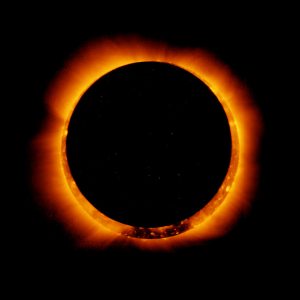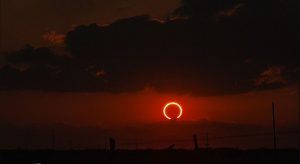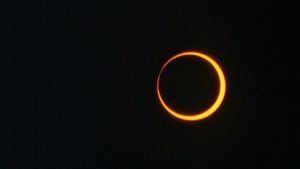A comet bigger than the asteroid that killed the dinosaurs has entered the inner solar system and is heading towards Earth, according to NASA.
Where does the comet come from?
The comet, known officially as C/2017 K2 (PanSTARRS), is believed to have originated in the distant Oort cloud that lies in interstellar space beyond the heliosphere, the empire of the Sun.
It was first observed by the Hawaii-based Panoramic Survey Telescope and Rapid Response System (PanSTARRS) observatory in May 2017, when it was some 2.4 billion kilometres away from the Sun, making it the farthest-ever active inbound comet ever seen at the time.
Also read | Gaia’s latest data release helps scientists find ‘Super Jupiter’
How big is the comet?
Following its discovery, research by the Canada–France–Hawaii Telescope (CFHT) suggested that the comet’s nucleus would be between 14-80 kilometres in radius.
However, subsequent Hubble Space Telescope (HST) observations suggested that the comet’s nucleus was some 18 kilometres in diameter.
Although 18 kilometres doesn’t sound particularly intimidating, in comet size terms, it’s massive. For added perspective, the asteroid that killed the dinosaurs is believed to have been between 11 and 15 kilometres in diameter.
Also read | China aggressively plans to return samples from the Red Planet to Earth
What are the chances of the comet hitting Earth?
Although C/2017 K2 (PanSTARRS) is on a trajectory towards the Earth, it is not expected to collide with our planet and will instead fly harmlessly by it, making its closest approach to Earth on July 14.
Can you see the comet?
Given the massive size of the comet, which is twice the size of Mount Everest, and it’s fuzzy, 800,000-kilometre long tail, the comet will be visible from Earth.
It can be viewed by amateur astrologers with telescopes or powerful binoculars.
Also read | Huge sunspot could burst and fling solar flares at Earth: What it means
According MLive, which quoted Brian Ottum, a Michigan astronomer, the fuzzy ball of snow can already been seen in the southern part of the night sky with binoculars, with the best viewing conditions available in the countryside.
The view will get better as the comet moves closer to the Earth. Even after it passes the Earth and heads toward the Sun, the comet will be visible from the Northern Hemisphere till mid-September 2022.






